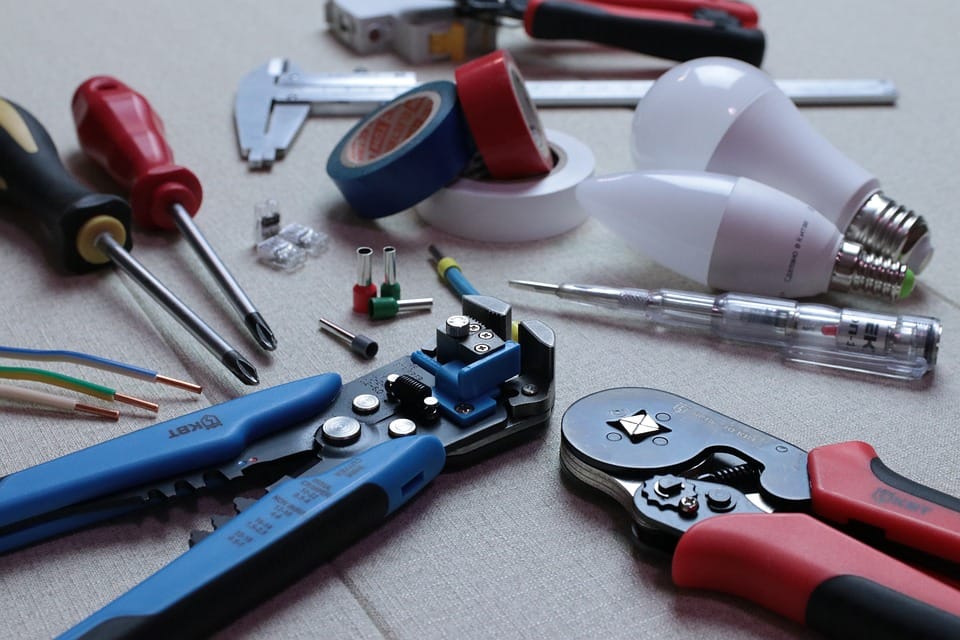Table of Contents
The Ultimate Guide to Building and Mastering Your Own Tool Kit
In the world of DIY projects and home repairs, having the right tools at your disposal is essential. Building and mastering your own tool kit is not only a practical investment but also a rewarding experience that can save you time and money in the long run. Whether you’re a seasoned handyman or just starting out, having a well-equipped tool kit can make all the difference in the success of your projects. In this comprehensive guide, we’ll walk you through everything you need to know about building and mastering your own tool kit.
Why Build Your Own Tool Kit?
Before we dive into the specifics of building your tool kit, let’s first address why it’s important to have one in the first place. Having a well-stocked tool kit can save you from the frustration of not having the right tool for the job when you need it most. It can also save you money by allowing you to tackle various DIY projects and repairs on your own, rather than having to hire a professional. Building your own tool kit can also be a rewarding experience, as you learn about different tools and their uses, and gain the confidence to take on new projects.
Essential Tools for Your Kit
When it comes to building your tool kit, there are certain essential tools that every DIY enthusiast should have on hand. These tools will form the foundation of your kit and will help you tackle a wide range of projects with ease. Some of the essential tools to include in your kit are:
– Screwdrivers (both Phillips and flathead)
– Hammer
– Tape measure
– Level
– Pliers
– Adjustable wrench
– Utility knife
– Cordless drill
– Saw (hand saw or circular saw)
– Safety goggles
– Work gloves
These are just a few of the essential tools that every DIYer should have in their tool kit. As you gain more experience and take on more projects, you may find that you need to add additional tools to your kit. However, these basic tools will serve as a solid foundation to get you started.
Organizing Your Tool Kit
Once you’ve gathered all the necessary tools for your kit, it’s important to organize them in a way that makes them easy to access and use. There are a variety of tool storage options available, ranging from toolboxes and tool bags to tool chests and wall-mounted tool racks. Choose a storage solution that works best for your needs and space constraints.
Organizing your tools not only makes them easier to find when you need them but also helps to prolong their lifespan by preventing damage and rust. Consider labeling your tools or using foam inserts to keep them in place and prevent them from rolling around in your toolbox.
Mastering Your Tool Kit
Building a tool kit is just the first step. Mastering your tools is a continuous process that involves learning how to use them effectively and safely. Take the time to read the instruction manuals that come with your tools, and familiarize yourself with their features and functions. Practice using your tools on small projects before tackling larger ones to build your confidence and skill level.
It’s also important to properly maintain your tools to ensure they continue to perform at their best. Keep your tools clean and free of rust by wiping them down after each use and storing them in a dry environment. Regularly inspect your tools for any signs of wear or damage, and replace or repair them as needed.
Common Tool Kit Questions
Building and mastering your own tool kit can be a daunting task, especially for those who are new to DIY projects. Here are some common questions that DIY enthusiasts often have when it comes to putting together a tool kit:
1. How do I choose the right tools for my kit?
When selecting tools for your kit, consider the types of projects you plan to tackle and the frequency with which you’ll use them. Invest in high-quality tools that are durable and reliable, as they will last longer and perform better in the long run.
2. What should I look for in a toolbox?
When choosing a toolbox, look for one that is sturdy, spacious, and easy to carry. Consider factors such as size, weight, and portability, as well as the number and size of compartments for organizing your tools.
3. How should I maintain my tools?
Proper maintenance is crucial for keeping your tools in good working condition. Regularly clean and inspect your tools for signs of wear or damage, and store them in a dry environment to prevent rust.
4. How can I learn to use my tools effectively?
Take the time to read the instruction manuals that come with your tools, and practice using them on small projects before taking on larger ones. Consider taking a DIY workshop or course to improve your skills and techniques.
Conclusion
Building and mastering your own tool kit is an essential step for anyone looking to take on DIY projects and home repairs. By investing in quality tools, organizing them effectively, and learning how to use them properly, you can save time and money while gaining the confidence to tackle a wide range of projects. With the tips and advice provided in this guide, you’ll be well on your way to building and mastering your own tool kit in no time.
